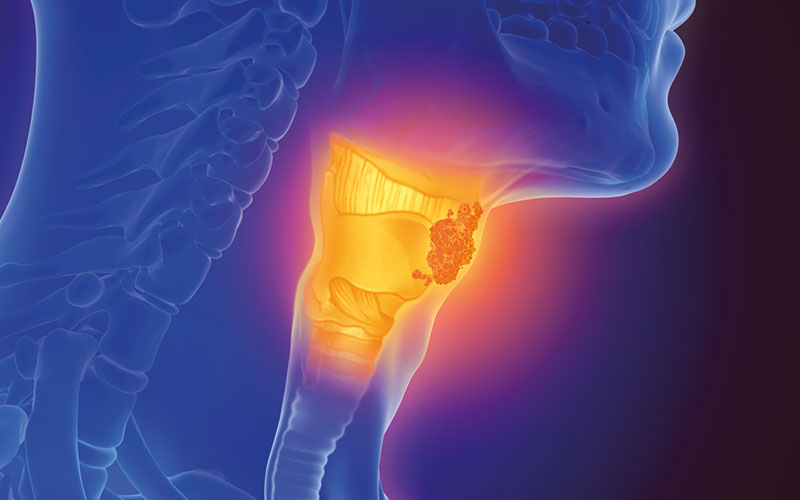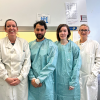A “sponge on a string” pill test can identify 10 times more people with Barrett’s oesophagus than the usual GP route, finds new research.

The test, which can be carried out by a nurse in the GP surgery, is also better at picking up abnormal cells and potentially early stage cancer.
Barrett’s oesophagus is a condition that can lead to oesophageal cancer in a small number of people. It’s usually diagnosed in hospital by endoscopy following a GP referral for longstanding heartburn symptoms.
The Cytosponge test, developed by researchers at the University of Cambridge, is a small pill with a thread attached that the patient swallows, which expands into a small sponge when it reaches the stomach. This is quickly pulled back up the throat by a nurse, collecting cells from the oesophagus for analysis using a new laboratory marker called TFF3.
The pill is a quick, simple and well-tolerated test that can help tell doctors who needs an endoscopy.
The researchers studied 13,222 participants. Over the course of a year, the odds of detecting Barrett’s were 10 times higher in those offered the Cytosponge, which also led to five early cancer diagnoses, compared with one diagnosis in the usual care group.




